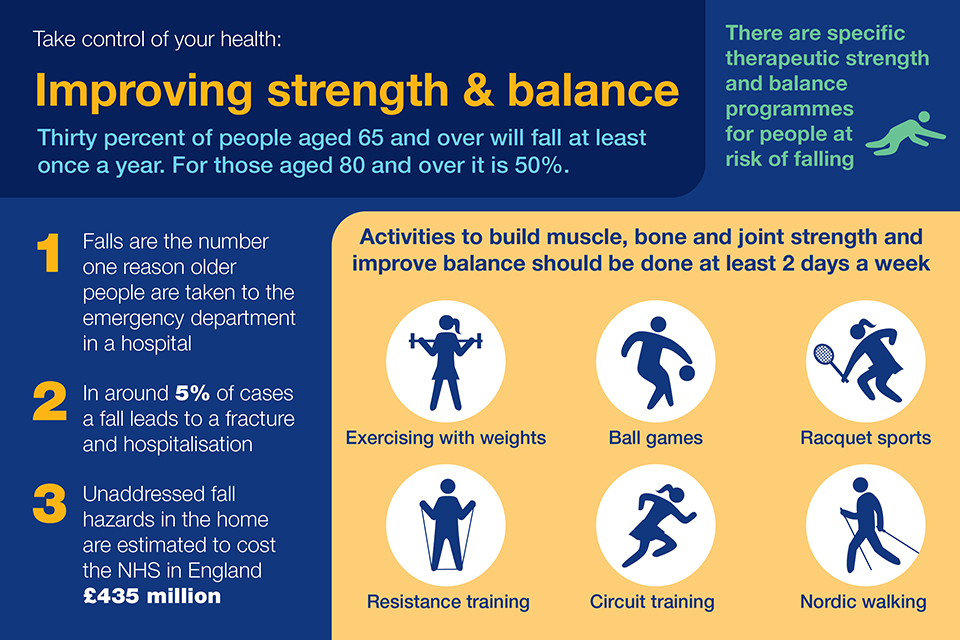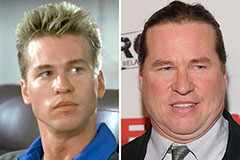Dementia Fall Risk Things To Know Before You Get This
Table of ContentsRumored Buzz on Dementia Fall RiskDementia Fall Risk for DummiesHow Dementia Fall Risk can Save You Time, Stress, and Money.Some Known Facts About Dementia Fall Risk.Facts About Dementia Fall Risk Revealed
Examining loss risk assists the whole health care group create a more secure atmosphere for each individual. Make certain that there is a designated area in your clinical charting system where staff can document/reference scores and record appropriate notes connected to fall avoidance. The Johns Hopkins Loss Risk Analysis Tool is one of numerous tools your personnel can make use of to help prevent unfavorable medical occasions.Individual falls in healthcare facilities prevail and debilitating unfavorable events that persist despite decades of effort to reduce them. Improving communication throughout the analyzing nurse, care group, individual, and client's most included loved ones may enhance loss avoidance efforts. A group at Brigham and Female's Hospital in Boston, Massachusetts, sought to establish a standard autumn prevention program that focused around enhanced communication and individual and family engagement.

The advancement team stressed that successful implementation relies on individual and personnel buy-in, assimilation of the program right into existing process, and fidelity to program procedures. The team kept in mind that they are coming to grips with how to ensure continuity in program application during periods of crisis. Throughout the COVID-19 pandemic, as an example, a rise in inpatient falls was associated with constraints in individual engagement along with limitations on visitation.
A Biased View of Dementia Fall Risk
These incidents are commonly thought about preventable. To implement the intervention, organizations require the following: Access to Autumn pointers resources Autumn pointers training and retraining for nursing and non-nursing personnel, consisting of new registered nurses Nursing workflows that permit individual and family members involvement to conduct the falls evaluation, make certain use the avoidance strategy, and conduct patient-level audits.
The results can be very detrimental, usually accelerating person decline and causing longer health center keeps. One study approximated keeps boosted an additional 12 in-patient days after a client loss. The Loss TIPS Program is based upon interesting people and their family/loved ones throughout three major procedures: analysis, customized preventative interventions, and auditing to guarantee that individuals are taken part in the three-step autumn avoidance procedure.
The individual evaluation is based on the Morse Loss Scale, which is a validated fall risk evaluation tool for in-patient medical facility settings. The range consists of the 6 most common reasons patients in medical facilities fall: the person loss history, high-risk problems (consisting of polypharmacy), use IVs and other external tools, mental status, stride, and flexibility.
Each danger aspect relate to several workable evidence-based treatments. The nurse find more develops a strategy that incorporates the interventions and is noticeable to the treatment group, individual, and family on a laminated poster or published aesthetic help. Nurses develop the strategy while satisfying with the client and the patient's family members.
More About Dementia Fall Risk
The poster works as a communication tool with various other members of the individual's treatment group. Dementia Fall Risk. The audit component of the program consists of evaluating the individual's expertise of their risk aspects and avoidance strategy at the device and medical facility degrees. Registered nurse champs perform at least five private meetings a month with individuals and their families to look for understanding of the fall prevention plan

A projected 30% of these falls result in injuries, which can range in severity. Unlike other negative occasions that need a standardized medical reaction, loss avoidance depends very on the requirements of the patient.
The Greatest Guide To Dementia Fall Risk

Based upon bookkeeping results, one website had 86% conformity and two websites had over 95% conformity. A cost-benefit evaluation of the Fall TIPS program in 8 medical facilities estimated that the program cost $0.88 per person to carry out and resulted in financial savings of $8,500 per 1000 patient-days in straight costs connected to the prevention of 567 tips over three years and eight months.
According to the advancement group, organizations curious about implementing the program needs to carry out a readiness evaluation and drops prevention gaps evaluation. 8 Additionally, companies should make certain the required framework and process for execution and create an application strategy. If one exists, the organization's Loss Prevention Job Force must be involved in planning.
What Does Dementia Fall Risk Mean?
To begin, companies should guarantee completion of training components by nurses and nursing aides - Dementia Fall Risk. Healthcare facility team should evaluate, based on the demands of a health center, whether to make use of an electronic health record hard copy or paper version of the fall prevention plan. Applying teams must hire and educate registered nurse champions and develop procedures for bookkeeping and reporting on autumn data
Personnel need to be associated with the process of revamping the process to engage clients and family in the assessment and prevention strategy process. Solution must be in place so that units can comprehend why an autumn happened and remediate the cause. Much more specifically, nurses must have channels to give ongoing responses to both team and unit management so they can readjust and enhance fall avoidance operations and interact systemic issues.
 Alisan Porter Then & Now!
Alisan Porter Then & Now! Val Kilmer Then & Now!
Val Kilmer Then & Now! Jenna Von Oy Then & Now!
Jenna Von Oy Then & Now! Lacey Chabert Then & Now!
Lacey Chabert Then & Now! Ricky Schroder Then & Now!
Ricky Schroder Then & Now!